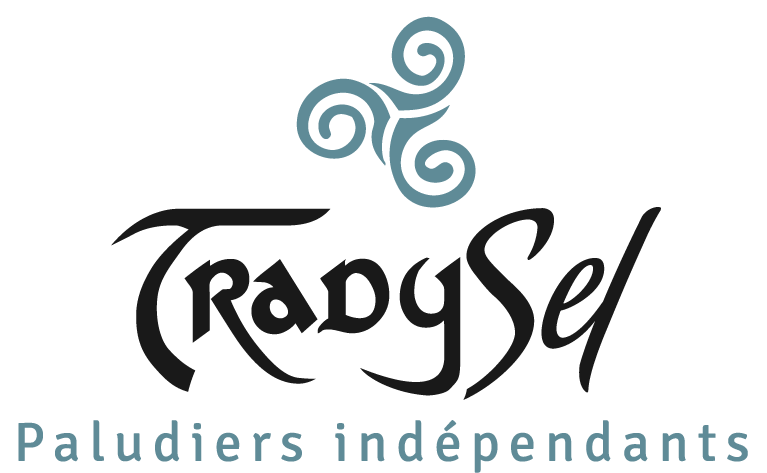An unique ecosystem to be preserved
Seen from the sky, the salt marshes of Guérande are a mosaic of colors that evolves with the seasons. This remarkable landscape is an unique ecosytem. and has been shaped by human hands for centuries. The artisanal production respects the ecological and biological richness of this natural unique ecosystem site.
Like any ecosystem, salt marshes represent a fragile wilderness that is essential to preserve for a long time the species used to live discreetly in these places.
As an unique ecosystem, special environment leads to special life, as the different salinity levels found in the salt works during the year and tides promote an exceptional biodiversity. This starts with more or less salt-tolerant bacteria, which feed small crustaceans, and create the wealth of the “traicts” (straits) (lien vers lexique) when the water is discharged out to sea; in turn, these are eaten by fish and shellfish, who are themselves prey for birds.
The site is also the preferred home for many different insects (flies, wasps, beetles…), which are eaten by specialised spiders, reptiles and amphibians. This small world is not visible at first glance.
The more visible species (herons, little egrets…) which are described as native, were scarcely present 40 years ago, and their massive presence now has destabilised the fragile balance.

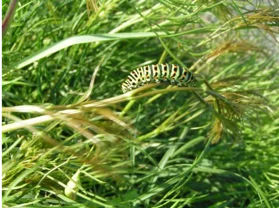


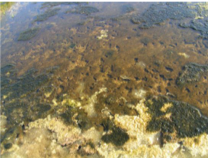

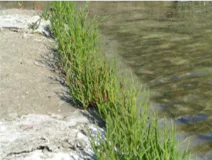



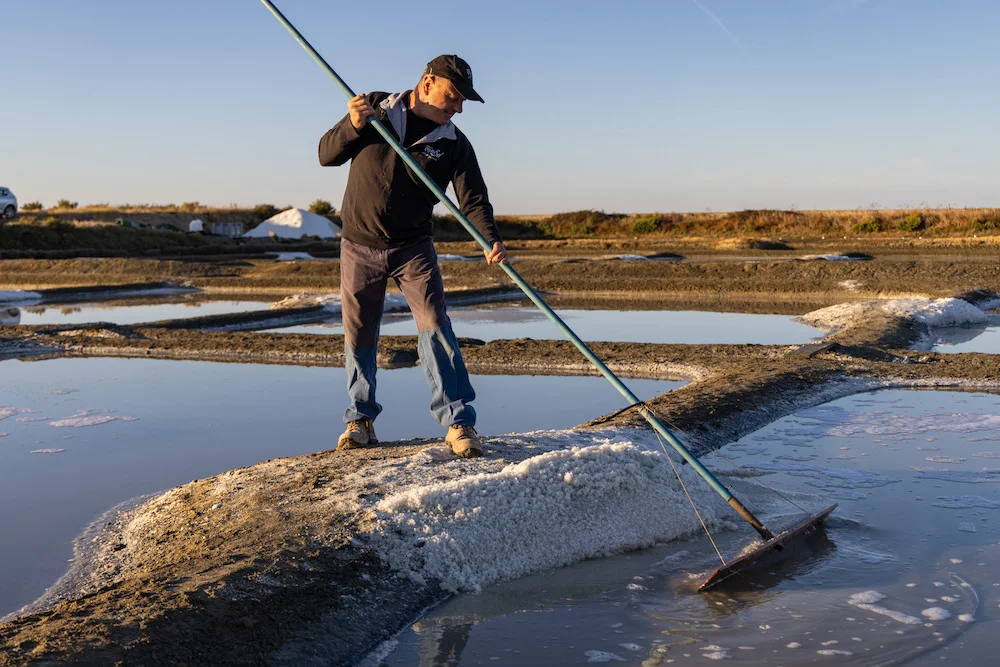
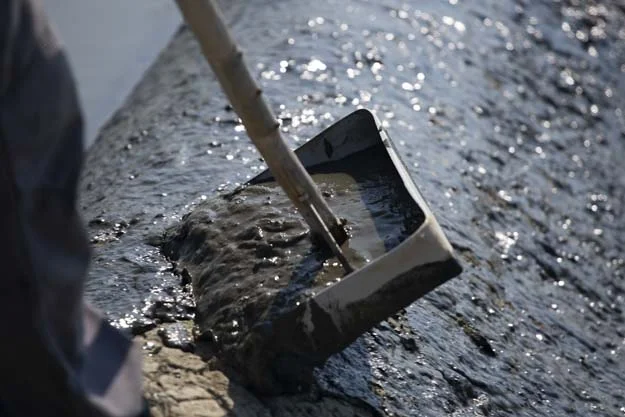
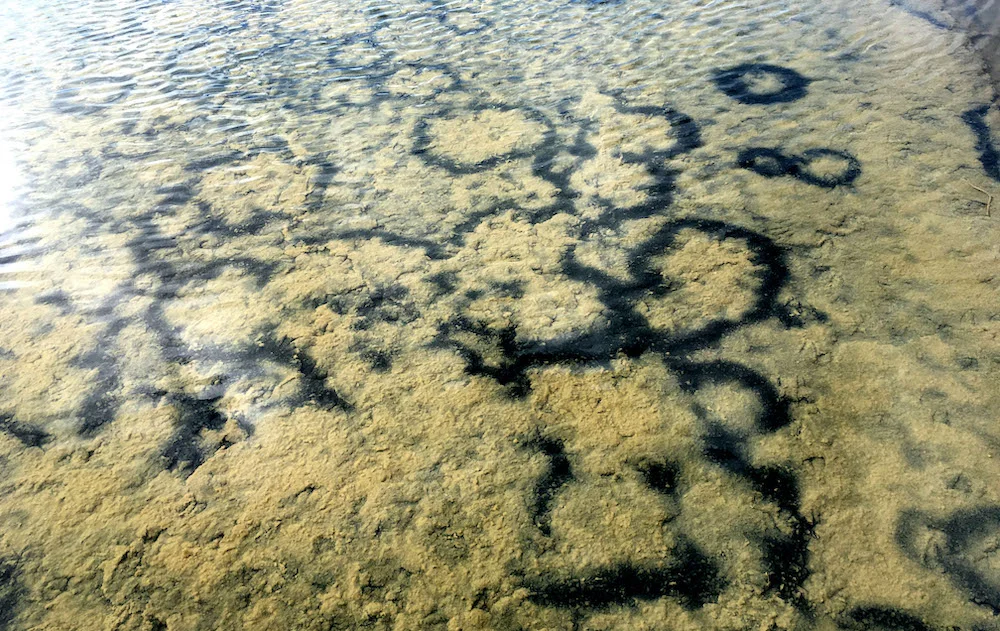
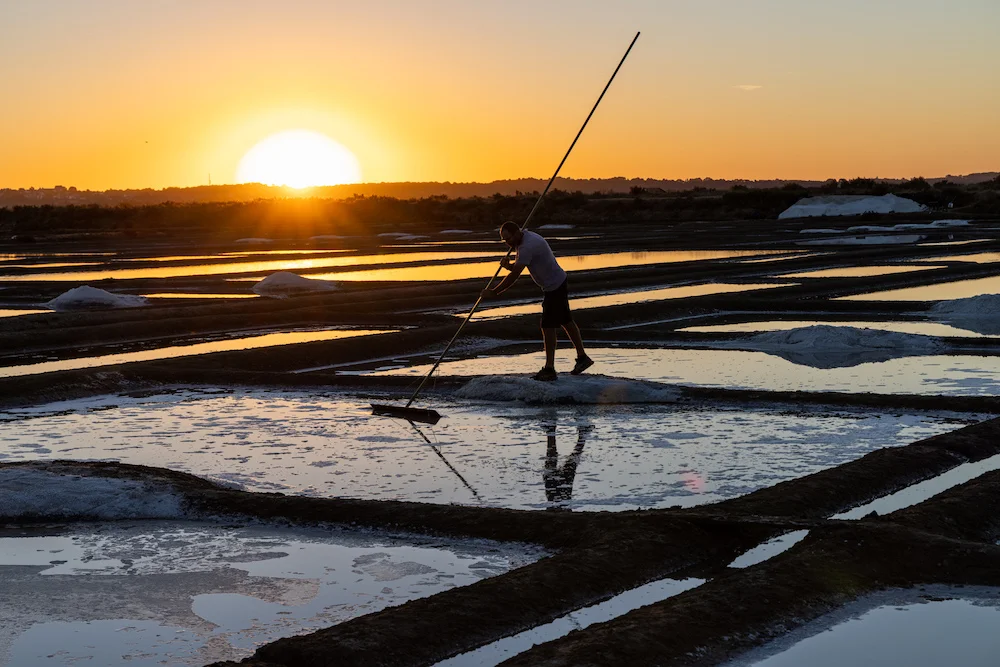
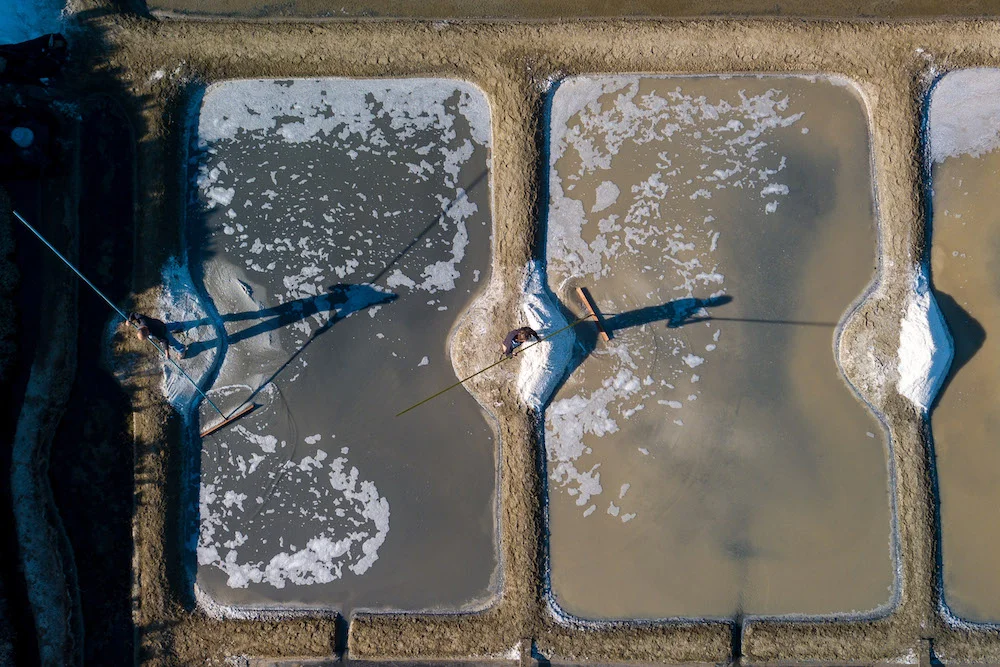
The fauna
Birds: about 180 species have been observed, as such, the area has been classified as an Important Bird Area (IBA) under the 1979 European Birds Directive. Among the species observed, we can mention the following: avocet, garzette egret, brant, harrier, curlew, coot, blue throat, grey heron, oystercatcher, moustache tit, plover, effarvatte redhead, white spatula, common tern etc.
The flora
Aster maritime, chêne vert, jonc, obione, oseille des rochers, roseau, salicorne, soude maritime, spartine, statice, tamaris, etc.
